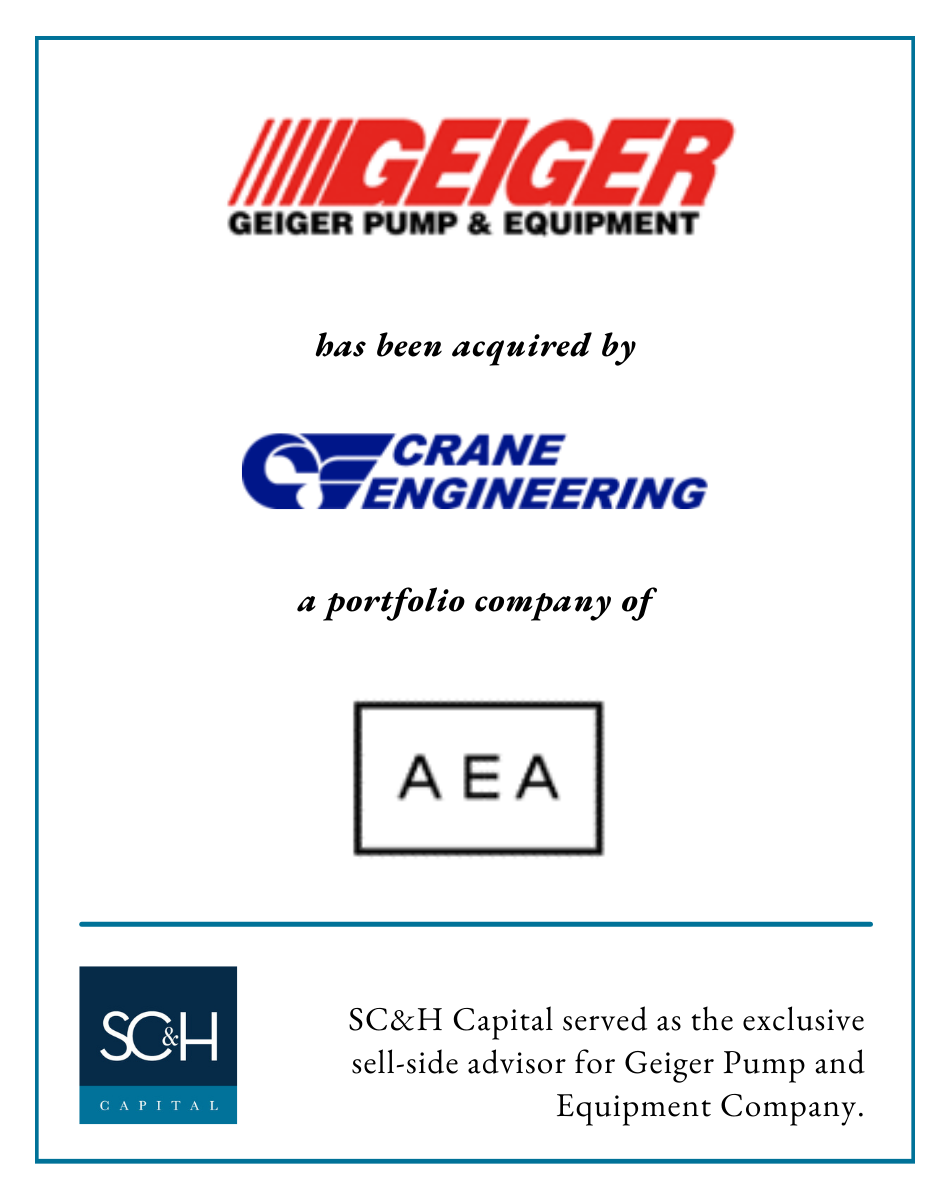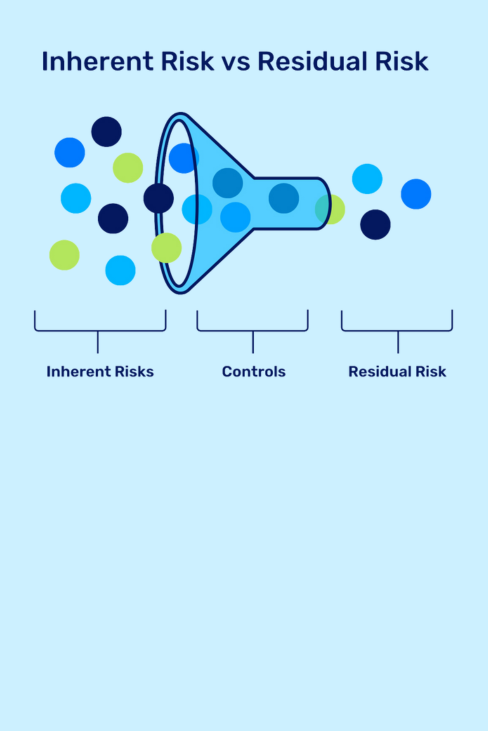By Greg Hogan, ASA, Managing Director and Matthew Everett, Principal
The M&A appetite for pump distributors in the middle market continues to be strong, driven in part by private equity sponsors who are hungry for acquisition opportunities as they execute roll-up strategies. As a result, business owners in the segment have been receiving unprecedented levels of inbound interest from prospective buyers seeking to engage them in discussions about potential acquisitions. Assuming there is a mutual interest, buyers will often request certain financial and operational data from the business owner to evaluate the opportunity and develop an offer or letter of intent (“LOI”).
Although LOIs are largely non-binding legal documents, they are used as the guidelines for the economics and structure of any subsequent transaction, subject to the buyer’s due diligence. Thus, it is important for potential sellers to negotiate the transaction terms described in LOI vigorously and be comfortable with the counterparty’s ability to execute and close the transaction before signing an LOI.
Before considering how to negotiate and/or whether to sign an LOI, you should be able to answer these six questions:
1. What is my Adjusted EBITDA and Why Does It Matter?
Valuations for pump distributors are often determined as a multiple of EBITDA (Earnings Before Interest Tax Depreciation and Amortization). However, this is not a financial metric that should be calculated directly from the profit and loss statement. Often in privately held companies, there are substantial adjustments that should be considered as addbacks to the reported EBITDA to determine a “normalized” EBITDA for the business. Common adjustments include the owner’s compensation, discretionary expenses, the impact of LIFO vs. FIFO inventory methodologies, and certain extraordinary and/or non-recurring expenses. A close inspection of the profit and loss statement of the business should be done to identify and addback any such expenses in arriving at the normalized EBITDA. This process nearly always results in increased levels of EBITDA and thus, higher valuations.
2. Valuation: Is the EBITDA Multiple Fair and How Does it Compare to Recent Market Transactions?
Once the adjusted EBITDA is determined, buyers will then apply a multiple to that EBITDA in arriving at the total valuation for the business. Different buyers can have varying opinions as to what is the appropriate EBITDA multiple to apply to a business. It is a subjective judgment based on several factors, including the quality of your line card, management team depth, revenue mix (CapEx vs. MRO), end market/customer diversification, profitability profile, and growth trajectory. Certainly, not all companies are valued equally. However, given the abundance of recent M&A activity in the segment, there are usually data points available that can provide substantive guidance as to whether the offer being considered is a fair one.
3. What is a Proceeds Waterfall?
An LOI from a buyer will likely include an offer to acquire the business for a certain enterprise value. However, this enterprise value is not necessarily what the sellers will actually receive at closing. There are a number of obligations and expenses that will be paid out of, or deducted from, the stated enterprise value. For example, the interest-bearing debt of the company will need to be repaid, certain transaction expenses paid, and escrow accounts funded. In addition, if the seller is rolling over equity or providing financing as a part of the transaction, these amounts would be deducted from closing proceeds. All these items should be determined and a calculation of the estimated waterfall of proceeds calculated to estimate the cash that would be received by the shareholders at closing.
4. What are the Implications of a Deal Structure?
An LOI from a buyer will likely include an offer to acquire the business for a certain enterprise value. However, this enterprise value is not necessarily what the sellers will actually receive at closing. There are a number of obligations and expenses that will be paid out of, or deducted from, the stated enterprise value. For example, the interest-bearing debt of the company will need to be repaid, certain transaction expenses paid, and escrow accounts funded. In addition, if the seller is rolling over equity or providing financing as a part of the transaction, these amounts would be deducted from closing proceeds. All these items should be determined and a calculation of the estimated waterfall of proceeds calculated to estimate the cash that would be received by the shareholders at closing.
5. Have All Potential Buyers Been Considered?
Buyers will often try to negotiate quickly and directly with an owner to get a potential acquisition under LOI prior to the owner fully considering other options. However, there are multiple well-funded buyers in the pump distribution space that are actively seeking acquisition opportunities. Shareholders should understand the current M&A landscape and consider whether approaching other potential buyers to create competitive tension in a structured process may maximize the probability of achieving the best possible outcome based upon their specific goals.
6. Is a Platform or Add-on Acquisition Preferred?
Private equity interest has rarely been higher in the pump distribution market as sponsors continue to make platform investments and actively look for add-ons to expand geography or add product lines. Being acquired as the platform acquisition versus an add-on can significantly impact the transaction terms, deal structure, and post-transaction roles for owners and management. A clear understanding of these issues and their impact will provide for a better decision regarding which potential buyers would be best to achieve shareholder goals.
Are You Considering a Sale? Have You Been Approached by a Buyer?
Consider partnering with an experienced investment banking firm focused on the planning, understanding, and positioning of your business throughout the transaction lifecycle to assure the best advice and counsel every step of the way.
Our team has completed over 800 M&A advisory, financing, restructuring, and ESOP transactions across a variety of industries with an aggregate economic value of over $11 billion.
Need Assistance Navigating the M&A Process?
Our investment banking team would welcome the opportunity to guide you.
Contact Us






